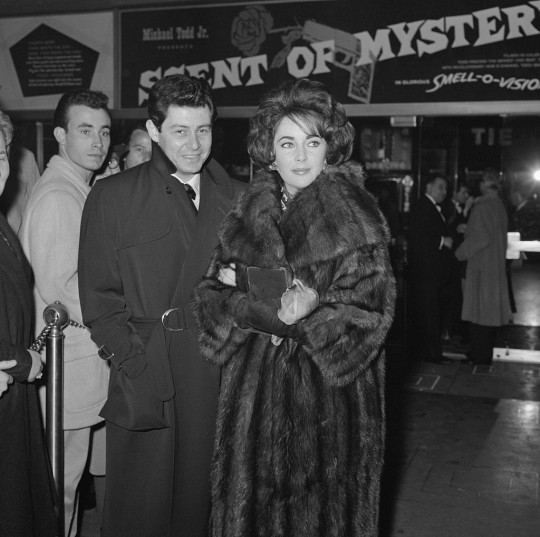After many false dawns, has the day of smell-o-vision finally arrived – courtesy of a small plastic moustache?
That is the hope of a team of researchers from Beijing and Hong Kong, who have created wearable virtual reality ‘odour generators’ capable of producing up to 30 different smells, including pineapple, pancake, mojito and rosemary.
Adding smell to visual entertainment actually predates the addition of sound.
In 1916, the Forest Theater, a small cinema in Pennsylvania, pioneered smell-o-vision when wafting the scent of rose oil across the audience watching a Rose Bowl game.
Alas, sound soon arrived and smell in cinemas was again reduced to popcorn, perfume and other scents generated by a tightly-knit crowd.
A resurrection attempt at the 1939 World’s Fair in New York involved scents connected directly to each viewer’s chair, but failed to take off.
However, the man behind it, Hans Laube, was later hired by Hollywood producers to create a smellscape for the 1960s thriller The Scent Of Mystery – but cinemagoers were reportedly unimpressed. The smell was either late on arrival, or couldn’t be detected at all, with furious sniffing around the theatre no doubt spoiling the film for all. (Although it only has a 5.5 rating on IMDB, so perhaps it was already ruined).
Nevertheless, in the decades since, smell-o-vision has failed to get a foothold in the media landscape, while visual, audio and haptic feedback (touch) technology develops apace. This despite the BBC’s attempt at scratch and sniff smell-o-vision for Comic Relief in 1995.
Because who doesn’t want to smell Noel Edmonds.
However, the creators of this latest iteration hope it will prove beneficial in communication, triggering emotional memories and entertainment.
While other recent virtual reality odour generators have involved bottled scents that require bulky hardware and are generally slow to react, Xinge Yu, Yuhang Li and colleagues have designed two compact wearable devices that use paraffin wax mixed with liquid perfume to generate the scents.
Both can connect wirelessly to VR programs in a bid to enhance immersive experiences.
The first device, a small flexible plastic strip stuck to the upper lip, can generate two odours at any one time from two paraffin tiles.
The second, a rubber mask placed over the nose and mouth, can generate up to 30 different smells using a combination of nine paraffin tiles.
Other scents include coconut, ginger, strawberry, cake – and the morning.
By heating the paraffin squares to different temperatures – up to 240C – different odours are released in as little as 1.44 seconds.
The team, writing in the journal Nature Communications, suggests more research will allow smells to be incorporated into video games, films and virtual classrooms.
‘Recent advances in virtual reality technologies accelerate the creation of a flawless 3D virtual world to provide frontier social platform for human,’ they wrote.
‘Equally important to traditional visual, auditory and tactile sensations, olfaction exerts both physiological and psychological influences on humans.’
MORE : Dance your way into the metaverse (quietly) with these new VR gadgets
MORE : Scientists create ‘skin’ that lets you ‘touch’ things in the metaverse














